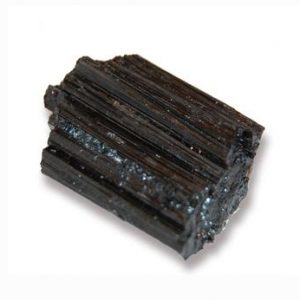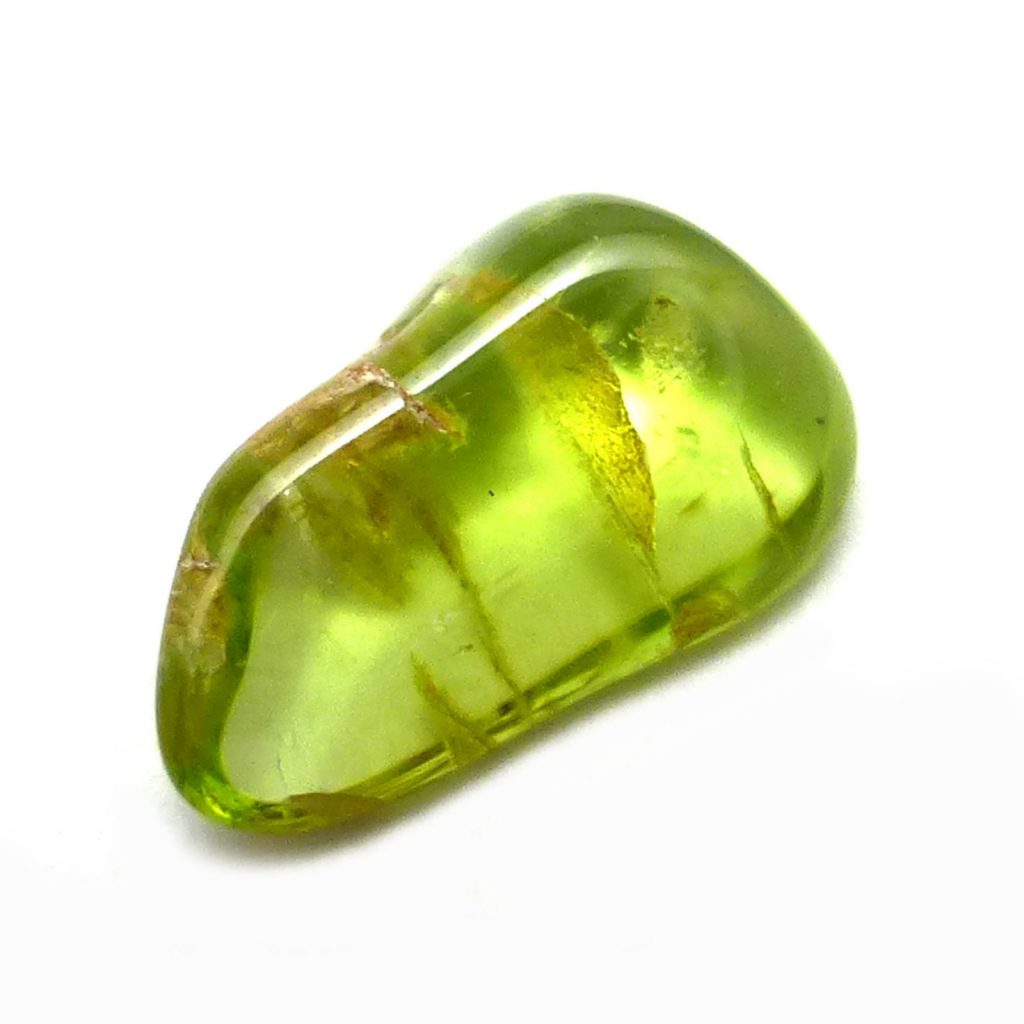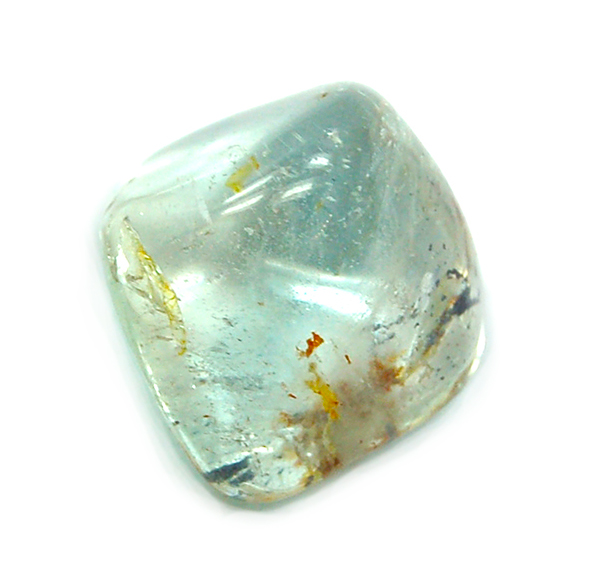Tourmaline October Birthstone
Tourmaline
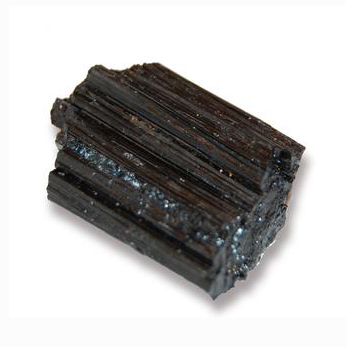
If you were born in October you are very fortunate indeed to have such a
stunning and versatile gemstone as your birthstone.
Tourmaline is the newer October birthstone. The name comes from the Sinhalese word toramalli,
which means “stone with mixed colours” because it often has multiple colours in one crystal. Very
few gems match Tourmaline’s dazzling array of colours. Perhaps this is why ancient mystics believed
that this October birthstone could inspire artistic expression – it has a colour palette for every mood.
Among the most popular are the pink and red rubellites, the emerald green “chrome” tourmalines,
and the neon green and blue-to-violet “paraíba” tourmalines.
in general, Tourmaline is believed to be an excellent tool for energizing and balancing the chakras.
Tourmaline aids in understanding oneself and others promotes self-confidence and diminishes
fear. Tourmaline releases tension, making it helpful for spinal adjustments and balancing the yin and yang
in the body. The energies within the crystals are said to differ depending on the different colours.
Tourmaline’s diversity suits all moods, which is why it is regarded as the gem crystal of love and
friendship.
Because of its vast range of colours, tourmaline was often mistaken for other gemstones. One of the
“rubies” in the Russian crown jewels, the “Caesar’s Ruby” pendant, is actually red (rubellite)
tourmaline. A Spanish conquistador found green tourmaline crystals in Brazil in the 1500s and
confused the stones with emeralds. These and other cases of mistaken identity continued for centuries
until scientists recognised tourmaline as a distinct mineral species in the 1800s.
The different colours of tourmaline are thought to have their own healing properties. Black
tourmaline is believed to protect the wearer and give a sense of self-confidence. Pink
tourmaline embodies love and is associated with compassion and gentleness. Green
tourmaline promotes courage, strength and stamina.
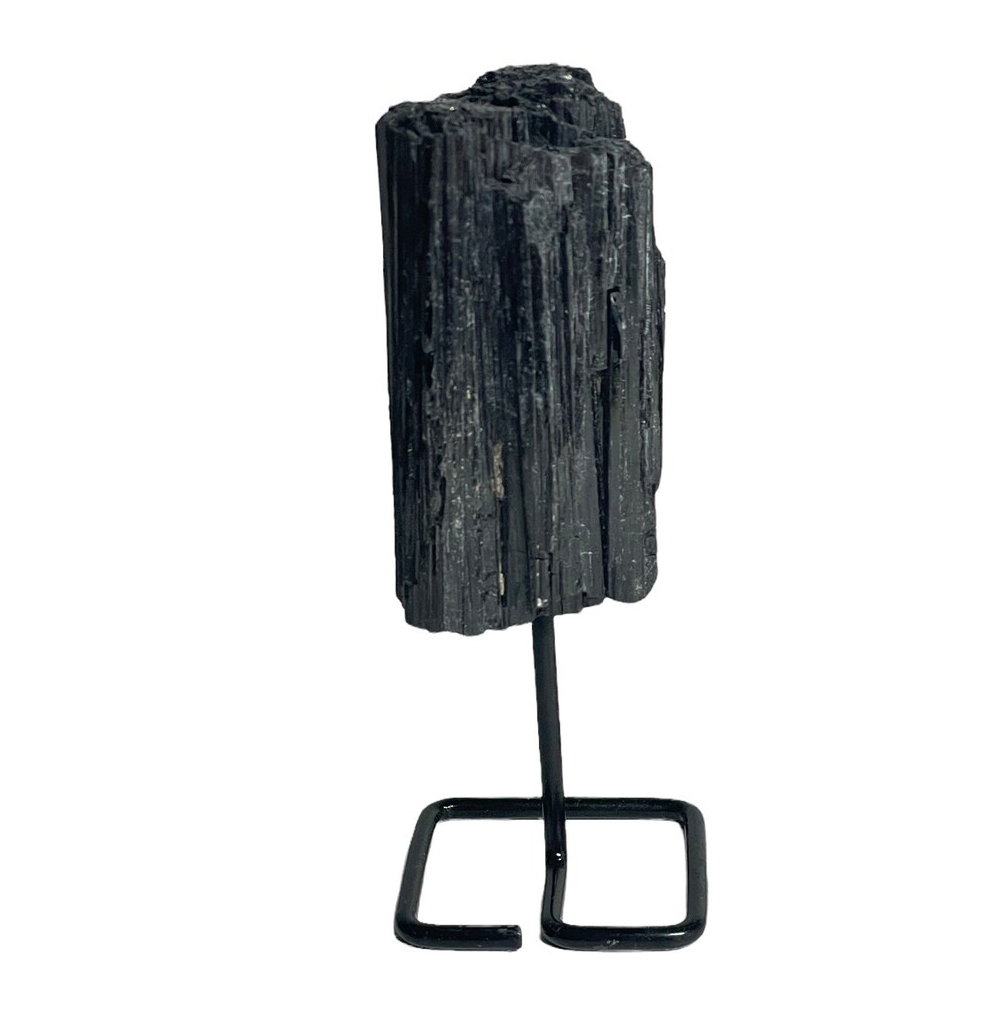
Egyptian legend maintains that during its formation, Tourmaline
passed over a rainbow as it made its journey from the Earth’s centre
which led to it assuming the seven colours of the rainbow. Tourmaline
is mined in a vast array of colors; the widest range of colors of any
gemstone in the gem kingdom with virtually every colour represented,
including black, bi-colours and tri-colours.
TOURMALINE’S UNIQUE FORMATION
Tourmaline is its own gem species, with many different unique types.
It forms in an incredible prismatic crystal habit, meaning that it
forms in gorgeous long hexagonal ‘pencils’ within the host rock.
Tourmaline has many remarkable qualities but one of the most
interesting physical attributes is that it has the ability to become
magnetic under heat or pressure. When heat is applied to Tourmaline
and becomes magnetic, it’s known scientifically as Pryoelectric.
Similarly, applying pressure to it achieves the same effect,
Piezoelectric.
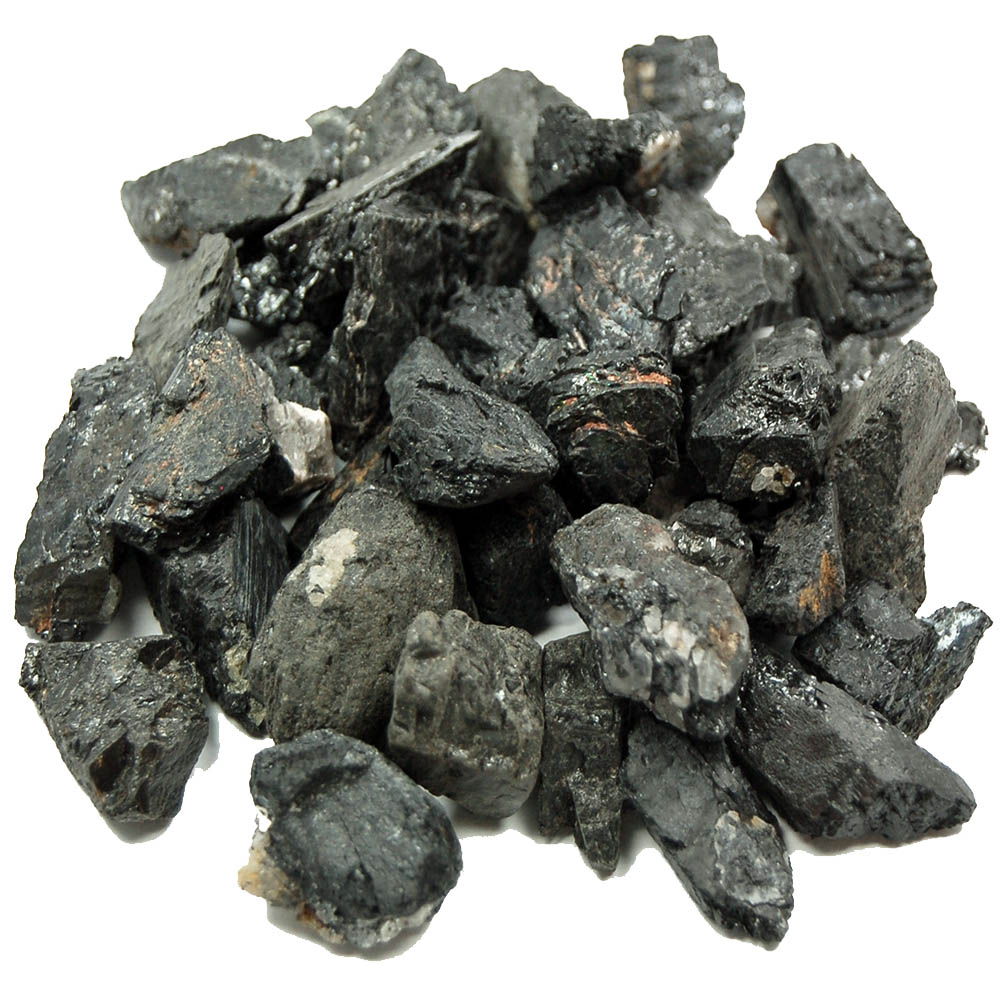
TOURMALINE’S MANY COLORS
The term Tourmaline is derived from the Sinhalese words ‘tura mali’
meaning a stone with mixed colours. Being dichroic, Tourmaline also
has the ability to subtly shift its colour depending on the light source
as it changes from natural to artificial.
There are many different names given to various colours of
Tourmaline, some are official trade names and others are marketing
ones.
°Chrome Tourmaline is a very particular striking strong green color
and in spite of its name, it’s colored mostly by vanadium.
WHERE IS TOURMALINE FROM?
Tourmaline producers include Brazil, Pakistan, Russia, Burma, Sri
Lanka and the USA. In Africa, the main producers are Congo,
Madagascar, Namibia, Mozambique, Tanzania, Nigeria, Malawi and
most recently Kenya.
TOURMALINE HISTORY
Tourmaline has probably been used as a gem for centuries, but it wasn’t until
modern mineralogy that it has been properly identified, they were likely to
have been mistaken for other gemstones.
Tourmaline became known as an ‘American Gem’ in the late 1800s due to
Tiffany & Co’s gemologist George F. Kunz as he praised the pieces that
were being found in the deposits of Maine and California.
The supply of Tourmaline began to expand during the first half of the
twentieth century, when Brazil began to yield some large deposits.
Then, in the 1950s other countries around the world began to find other
deposits.Tourmaline is given to celebrate the
eighth wedding anniversary.
WHERE IS TOURMALINE FOUND?
This October birthstone is most commonly found in Brazil, but it is also mined in Afghanistan,
Pakistan, Kenya, Madagascar and Mozambique (among other countries in Africa). California
and Maine are historically important producers of fine tourmaline in the United States.
Most of the tourmaline mined in Brazil over the centuries comes from pegmatites in the state of Minas
Gerais. These subterranean intrusions of magma are the source of a virtual kaleidoscope of gem
minerals. In the late 1980s, however, electric green, blue and violet tourmalines entered the gem
market from pegmatites in Brazil’s Paraíba State. Scientists found that the intense colours were
caused by trace amounts of copper, which had previously not been recorded as a colouring agent in
any other tourmaline. In the early 2000s, Paraíba-type copper-bearing tourmalines were also
discovered in Mozambique and Nigeria. Overall, prices for the best Paraíba and Paraíba-type
tourmalines easily surpass other tourmalines due to their vivid hues, higher colour saturation and
greater rarity.
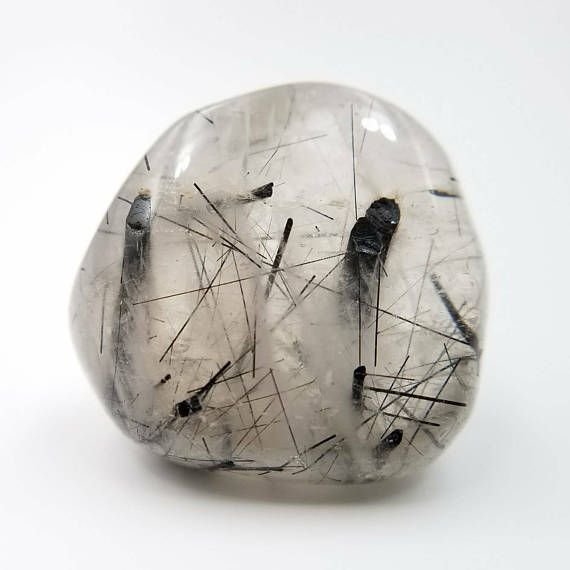
TOURMALINE BIRTHSTONE CARE AND CLEANING
In the United States, both Southern California and Maine host several pegmatite districts. For more
than a century, they have sporadically yielded large quantities of tourmaline.
Maine’s first major tourmaline deposit was discovered in 1820 at Mount Mica in Paris, by two young
boys exploring the local area. Even today, a quarry at Mount Mica intermittently produces various
colours of gem tourmaline. The Dunton mine, near Plumbago Mountain, is the most prolific producer of tourmaline in Maine.
In 1898, California’s first commercial tourmaline mine opened at the Himalaya pegmatite in the Mesa
Grande district – famed for the production of fine rubellite. To feed Empress Dowager Cixi’s
obsession with the vibrant colour, San Diego mines sent 120 tons of gem rubellite to Imperial China
between 1902 and 1910. With the death of Cixi in 1908 and the subsequent overthrow of the Qing
dynasty, the heyday of tourmaline mining in California ended. Today, only a few mines in San Diego
county occasionally produces gem-quality tourmaline.
Tourmaline is rated 7 to 7.5 on the Mohs scale of hardness and is generally suitable for everyday
wear. These colourful gems are usually stable enough to withstand light and most chemicals, but
heat can be damaging.
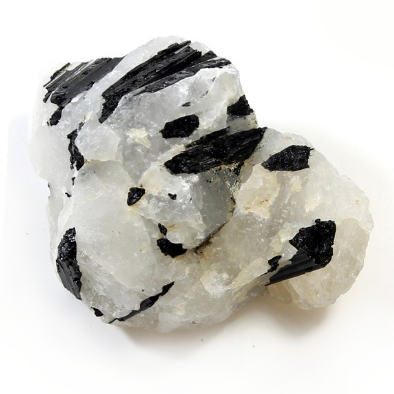
This October birthstone is best cleaned with warm, soapy water and a soft
brush. The use of ultrasonic and steam cleaners is not recommended.
15.16 ct pink tourmaline and diamond ring set in platinum and white gold. Courtesy: Omi Privé
15.16 ct pink tourmaline and diamond ring set in platinum and white gold. Courtesy: Omi Privé
Now that you know a little bit more about the history of these two October birthstones and where they
can be found, you just might be inspired to add them to your collection! But before you go shopping
for an October birthstone, be sure to review our Opal Buying Guide and our Tourmaline Buying Guide
for tips to help you pick a beautiful October birthstone. Both of these birthstones come in a
spectacular array of colours sure to please you or your loved one born in October.
